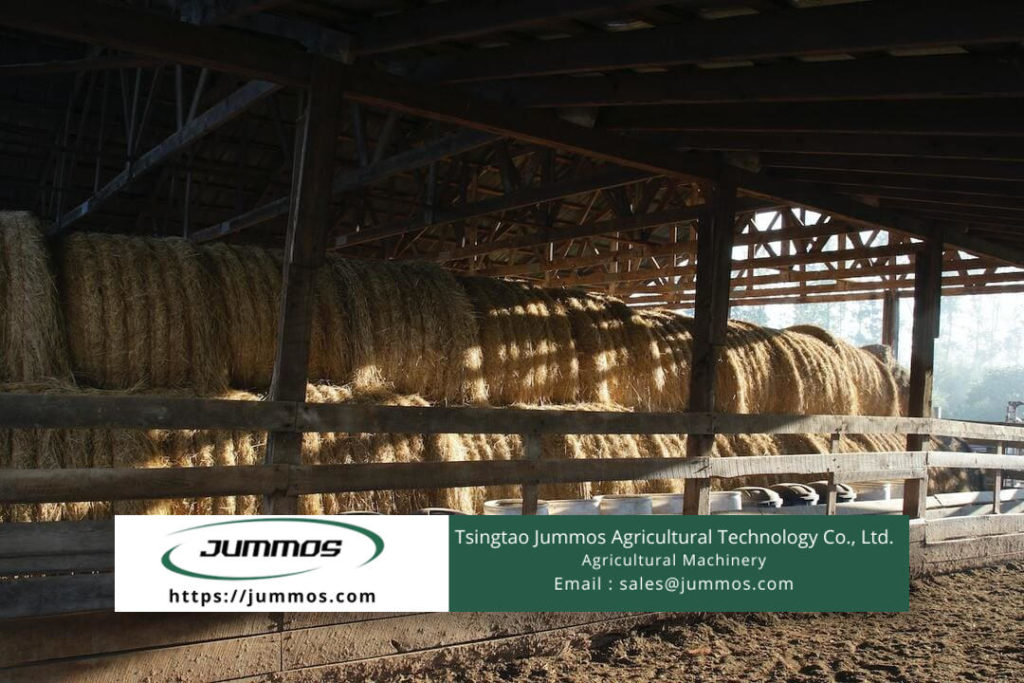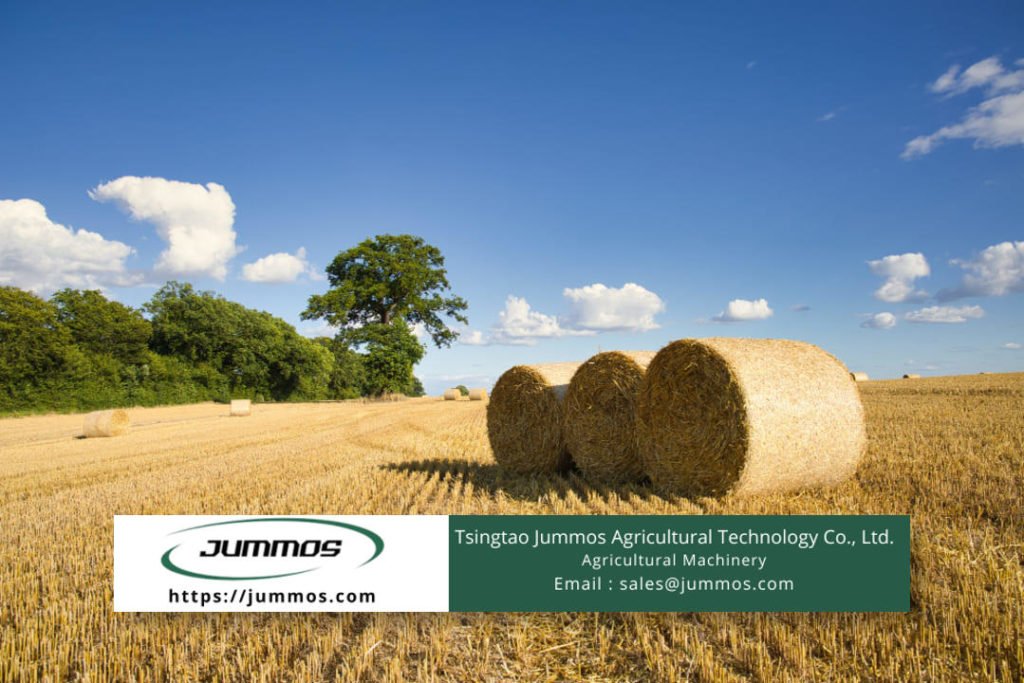Many farmers practice winter storage to maintain the quality of their fodder and reduce any loss of dry matter that may occur. Wrapping bales for winter storage is the best way they do to minimize exposure to winter elements such as heavy rainfall. Continuous rain time can reduce the quantity and quality of hay. Decay can occur quickly and this is a loss they can incur throughout the winter. Especially if they keep their feed outdoors.
If anyone is curious about how significant the importance of wrapping bales for winter storage is, then one thing is obvious this method is very calming and can bring peace to your farm.
Contents
Wrapping Bales for Winter Storage with Bales Wrapped in Plastic for Forage
All feed storage for livestock should already use the wrapping bales method with plastic applied using a baler. All wrapping bales for winter storage are in a safe phase if started with proper plastic wrapping.
The advantages of using silage wrap for hay for winter savings are certainly clear to many farmers. The risk of extreme winter weather such as the effects of decay and mold growth can be reduced. Likewise with a reduction of drying time. Meanwhile, leaf retention is better when compared with dry hay. Even for farmers with limited fields, using wrapping bales for winter storage is advantageous because these plastic bales do not require a storage structure. There must be additional costs while trying to save this winter. But over time, these costs will be replaced as long as you survive in this farming business.
If calculated based on the average sale of bale wrappers in the market, the bale wrapper prices are in the range of $7 to $8 per bale. You also have to set aside funds for the cost of disposing of plastic in landfills.
Wrapping Bales for Winter Storage by Using the Tarpaulin That Beats the Barn
Maybe you have found farmers who still keep their bales in the barn. Barns are good for storage but there is also the risk of spontaneous combustion of wet hay. You can no longer rely on the granary to maintain the quality of the wrapping bales for winter storage. It is necessary that you need to prepare a tarpaulin as a cover for bales outdoors for storage during winter.
You can add trampoline springs, bungee cords, and flexible ties to secure the tarp. Sometimes strong gusts of wind and heavy rain can blow away the tarpaulin if it is not ‘locked’ properly.
First, you can make a top for your pile of bales. Make the tops at least a quarter of the width of the pile or about three feet. Measure each end with precision then place the bale in the top center of the stack. Make sure you make the peak from end to end before the pile of bales is covered with tarpaulin. The tarpaulin locks on both sides make it possible to ward off falling snow and heavy rain.
Outside Guard
Wrapping bales for winter storage is done after you tidy it up using a round baler machine located close to the storage area. You must determine the exact location before starting to wrap bales.
After the bales have been wrapped, don’t forget to always stack the bales on pallets or wooden boards that have grids so that the bales’ quality is maintained during this season. If you buy round or square bales from outside, it is better if the distribution from the dump truck to the winter storage area should be well prepared.
Bales stored outside must also receive extra attention, such as being covered with a tarpaulin and protected from being stepped on by wandering animals. Stomping on animals such as horses or cow and goats can shrink these wrapping bales for winter storage by up to 40 percent.
So, are you ready to do the winter storage for your bales?


